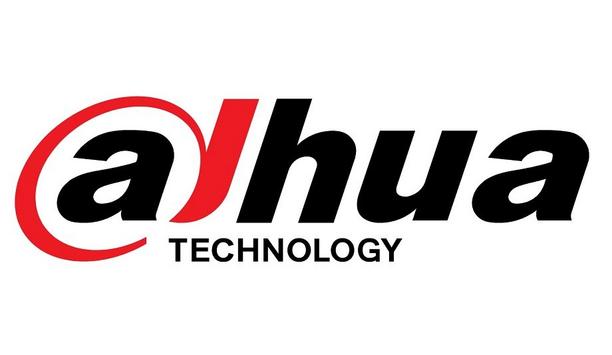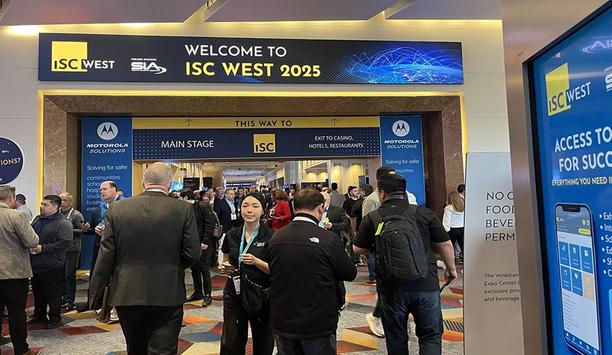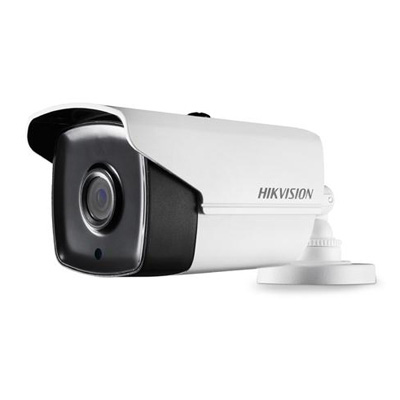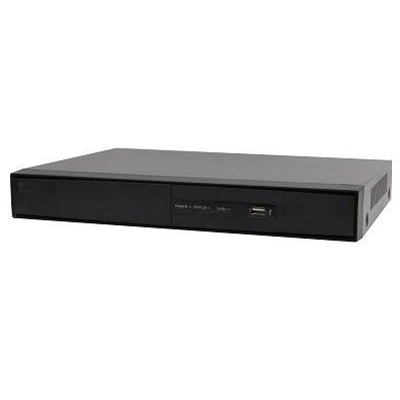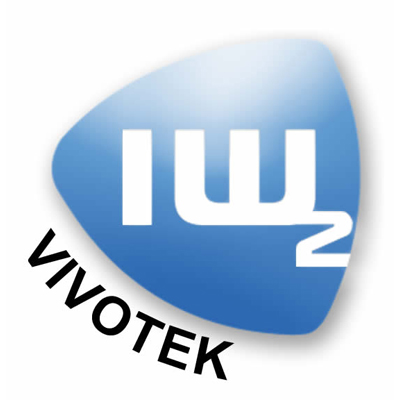The Azco Power over Ethernet extender (PoE) - AZIPPOE300 is a "PoE extender over coax" solution. By using novel RF technology, it can extend the transmission distance of power and 100Mbps Ethernet data over legacy coaxial cable to save –re-cabling costs.
In 2003, the Institute of Electrical and Electronic Engineers (IEEE) ratifies the first PoE (Power over Ethernet) standard as 802.3af, which can provide capability of 15.4W power to remote PD (power device). Since then, PoE applications become popular and promising. Both standards can be applied on current 10/100/1000 Mbps Ethernet devices. However, Ethernet transmission has 100m limitation by using copper cable. If users need to transmit PoE exceeding 100m, they can only utilise a PoE repeater to reach greater distances. Using this newly developed technology based on coaxial cable to extend the distance for PoE. This is the first “true” PoE extender (not repeater) technology, to achieve greater distances beyond the standards and the flexibility of using existing cable plant.





